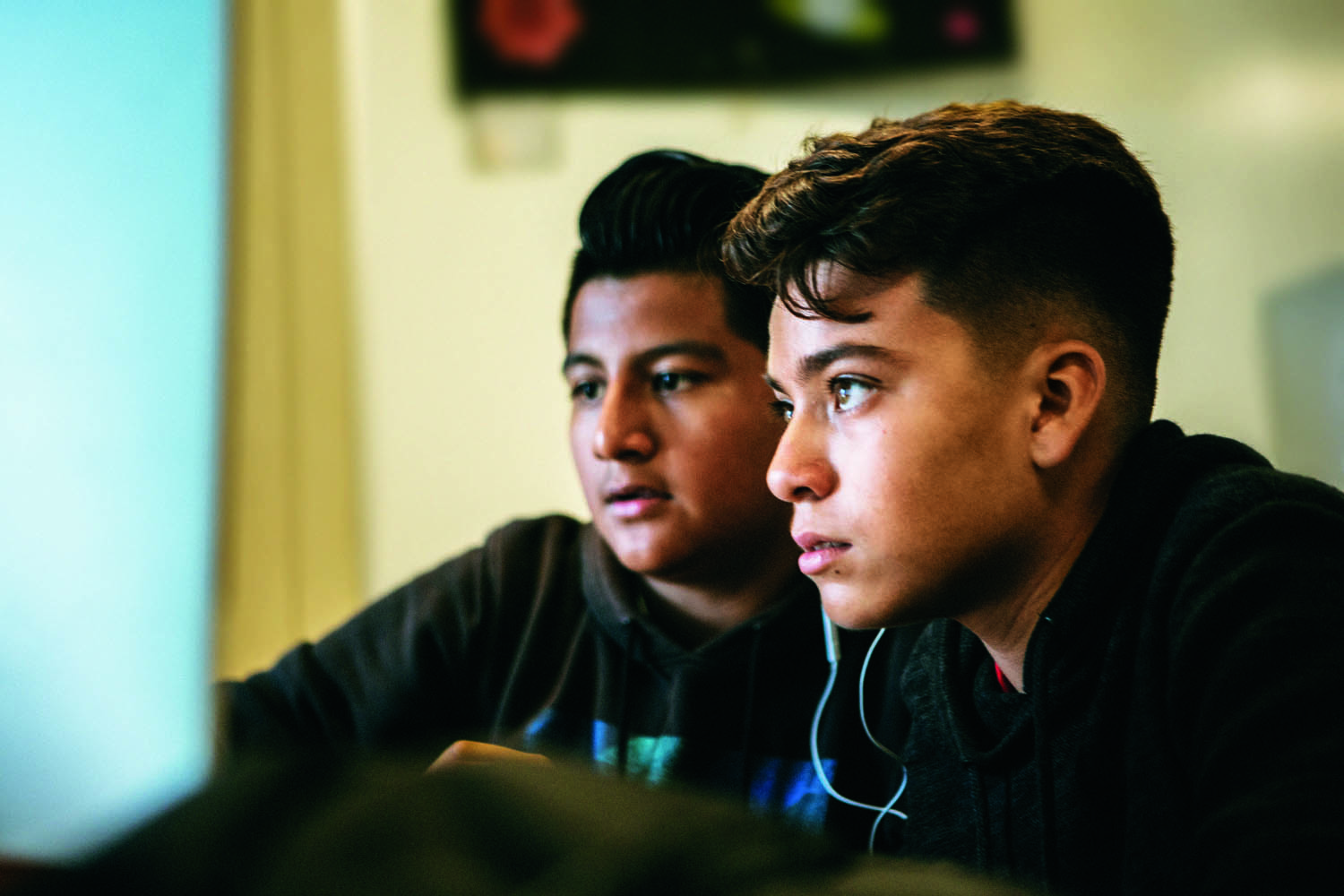Celebrating Hispanic heritage, this month and all year round
Hispanic Heritage Month, Sept. 15 to Oct. 15, is commemorated across the country with festivals, exhibits, concerts, awards, lectures, and other events to honor the myriad contributions of Latinx people to American culture. How should schools be a part of this national movement?

Hispanic Heritage Month, Sept. 15 to Oct. 15, is commemorated across the country with festivals, exhibits, concerts, awards, lectures, and other events to honor the myriad contributions of Latinx people to American culture.
How should schools be a part of this national movement? We asked our tens of thousands of readers their ideas for celebrating Hispanic heritage and culture, not just this month but throughout the year. Here’s what they had to say.
Teaching and learning
“Latinos should be reflected in the curriculum as a vital part of the creation and ongoing development of this country. We are not something to be discussed during a specific month or week during the year. We should be fully integrated into everything that is taught in schools and beyond.”
“Provide culturally relevant learning.”
“Teach the importance of Latin American culture in the U.S.”
We agree!
Fortunately, there are plenty of curriculum resources for teachers who want to incorporate Hispanic heritage into their lesson plans. This comprehensive list covers topics including:
- Early Spanish explorers, settlers, and missionaries in California, Florida, and the Southwest
- The culture and history of Mexico, Puerto Rico, and other Spanish-speaking countries
- The works of Cervantes, Pablo Neruda, Frida Kahlo, Diego Rivera, Gabriel Garcia Marquez, and other great writers and artists
- Latin American immigration to the United States
The National Archives, Library of Congress, National Endowment for the Humanities, National Park Service, National Gallery of Art, and Smithsonian Institution all offer lessons, curriculum, and resources for teachers of all subjects and grade levels. The National Education Association also offers terrific resources.
Bilingual classes
“Everyone needs to learn Spanish!”
“Include Spanish with English as required languages.”
“Teach Spanish in all schools, starting in preschool.”
Bilingualism is increasingly part of K-12 education in the U.S. More schools are offering Spanish lessons to students beginning in kindergarten, and some schools even offer full Spanish immersion for students whose native language is English. Schools are also hiring more bilingual teachers to better serve the needs of English learners.
Colorín Colorado, a Washington, D.C.-based nonprofit, offers an array of resources for schools, teachers, and families of Spanish-speaking students, including:
- Tips for teaching reading
- Creating a welcoming classroom
- Raising bilingual kids
- College readiness for English learners
Cultural inclusion
“Celebrate diversity every day and encourage students to embrace and share their own cultures. That enriches everyone’s educational experience.”
“Make Latinx students feel welcome. Provide sensitivity training and cultural competency classes to create a culture of inclusion.”
While history, humanities, and language classes are a great place to celebrate Hispanic heritage, creating a welcoming, inclusive campus environment is important, too. Readers had a few tips, including:
- Family culture nights, where families can share food, music, and traditions with the larger school community.
- Latinx extracurricular clubs open to all students for socializing and sharing cultural experiences.
- Resources for immigrant students and their families, so they can understand their rights, find services, and feel safe on campus. Colorín Colorado has a great collection of resources for teachers and schools to support immigrant families.
More resources from XQ
Want to learn more about how schools can support Latinx students and promote an inclusive school culture? Check out these posts from the XQ blog:
Do not underestimate an immigrant
When a school opens its arms to immigrants
Beyond MLK Day: Making social justice a part of school all year round
In a contemporary, media-driven world, these two schools are rethinking education









